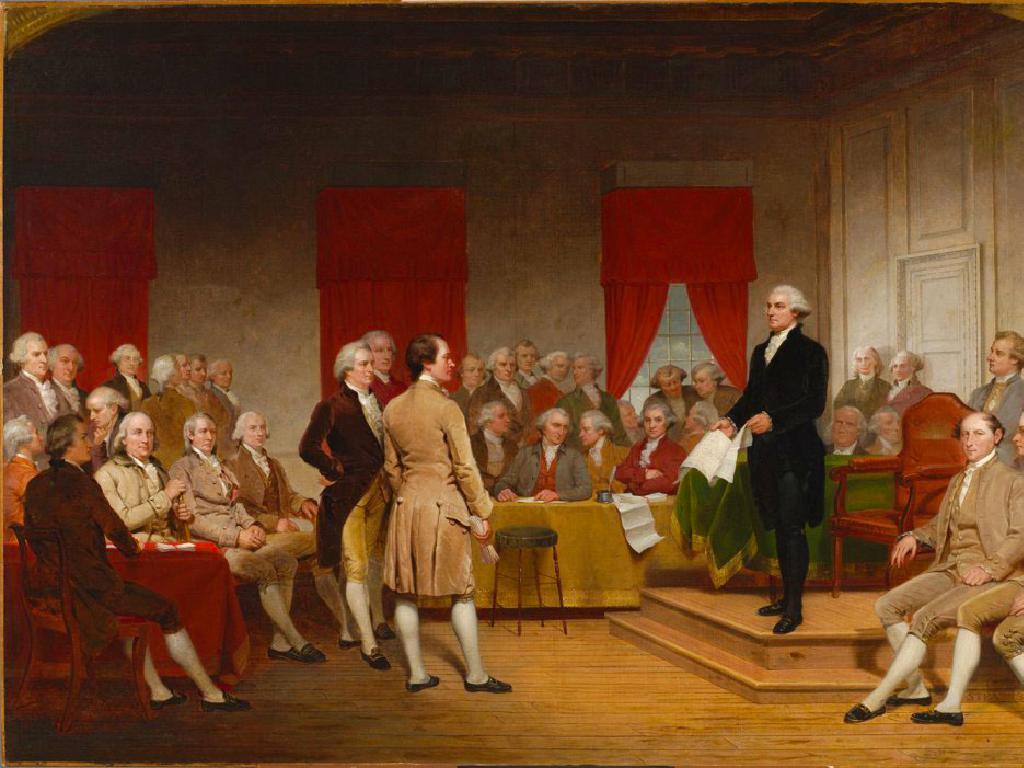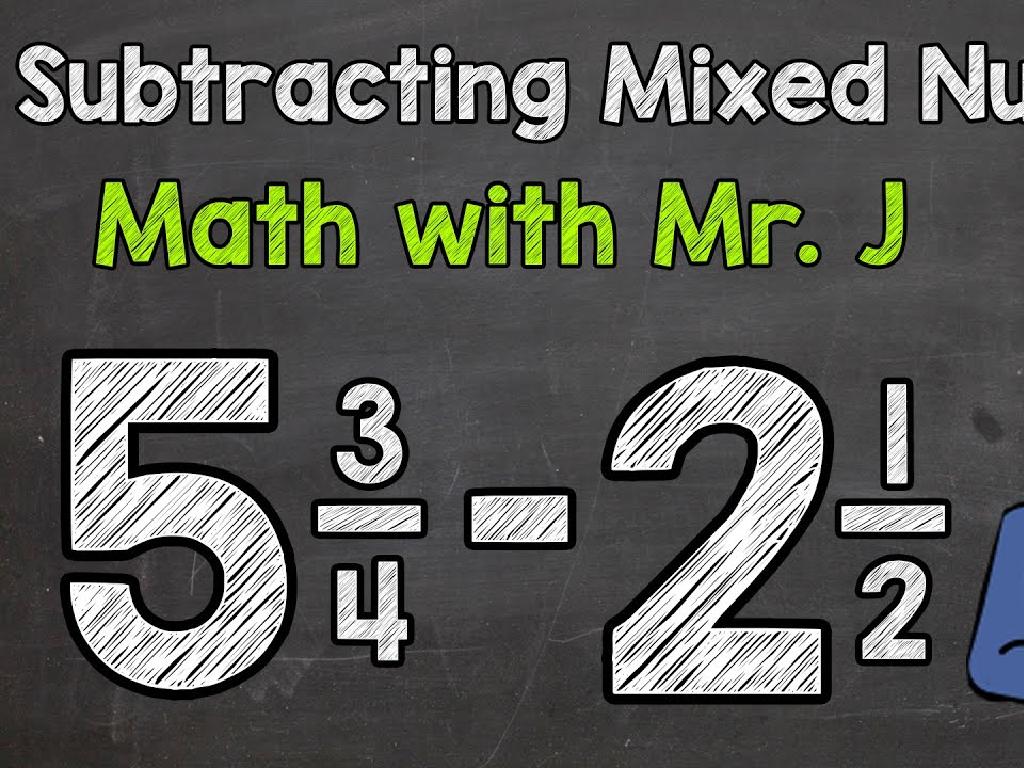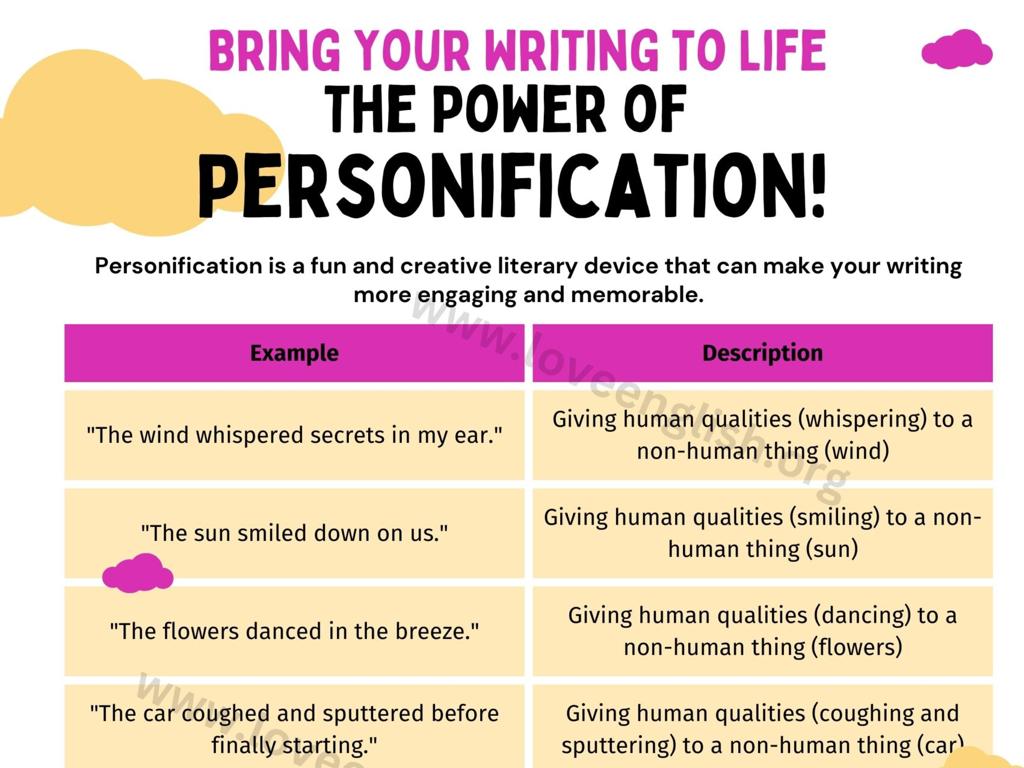Choose The Silent E Word That Matches The Picture
Subject: Language arts
Grade: Second grade
Topic: Silent E
Please LOG IN to download the presentation. Access is available to registered users only.
View More Content
Welcome to Silent ‘e’ Adventure!
– Discover the silent ‘e’ magic
– Learn how silent ‘e’ transforms words
– Silent ‘e’ can change ‘cap’ to ‘cape’, altering the vowel sound and meaning.
– Become a silent ‘e’ detective
– Find and match silent ‘e’ words
– Look at pictures, guess the word, then add silent ‘e’ to see if it fits!
|
This slide introduces the concept of the silent ‘e’ and its role in changing the pronunciation and meaning of words. It’s crucial to explain that while the ‘e’ is not pronounced, it has a powerful effect on the preceding vowel, often making it say its name (long vowel sound). Engage the students by turning them into ‘silent e detectives’ where they look for words that gain a silent ‘e’ and change. Provide visual aids like pictures to help them identify words that could have a silent ‘e’ added. For example, a picture of a kit can lead to the word ‘kite’ with the silent ‘e’. Encourage participation and make the learning process interactive and fun.
The Magic of Silent ‘e’
– Understanding Silent ‘e’
– It’s an ‘e’ that we don’t say at the end of words
– Silent ‘e’ changes pronunciation
– It can make the vowel say its name, like in ‘cap’ and ‘cape’
– ‘cap’ to ‘cape’: The ‘e’ effect
– The ‘a’ in ‘cap’ is short, but silent ‘e’ makes it say ‘A’ in ‘cape’
– Practice with pictures
|
This slide introduces the concept of the silent ‘e’ and its role in changing the pronunciation of words. It’s crucial to emphasize that while the ‘e’ is not pronounced, it has a powerful effect on the vowel sound in the word. Use examples like ‘cap’ and ‘cape’ to illustrate how the addition of a silent ‘e’ can alter the vowel sound from short to long. Encourage students to think of other examples and use pictures to help them connect the words with visual representations. This will aid in their understanding and retention of the concept. During the next class, plan activities where students can practice identifying silent ‘e’ words with the help of pictures and context.
The Power of Silent ‘e’
– Silent ‘e’ makes vowels say their name
– Like in ‘cap’ becoming ‘cape’, the ‘a’ sounds like its name.
– ‘hop’ becomes ‘hope’ with silent ‘e’
– The ‘o’ in ‘hop’ is short, but silent ‘e’ makes it long.
– Discover more silent ‘e’ examples
– We’ll explore words like ‘kit’ and ‘kite’, ‘cub’ and ‘cube’.
– Practice matching words to pictures
|
This slide introduces the concept of the silent ‘e’ and its function in changing the pronunciation of vowels within words. Emphasize that the silent ‘e’ at the end of words is powerful it doesn’t make a sound itself, but it changes the vowel sound before it from short to long. Use examples like ‘hop’ to ‘hope’ to illustrate this change. Encourage students to think of other words they know that follow this pattern. During the lesson, provide pictures and have students practice matching them with the correct silent ‘e’ words. This interactive activity will help reinforce their understanding of the silent ‘e’ concept.
Matching Game: Silent ‘e’ Adventure
– Observe the picture closely
– Match with the silent ‘e’ word
– Find the word where ‘e’ doesn’t make a sound
– Discuss your choice with a friend
– Share thoughts with your classmate
– Explain why it’s the right word
– Understand how silent ‘e’ changes the word
|
This slide is for a class activity focused on identifying words with a silent ‘e’. Display pictures that correspond to words with a silent ‘e’ and have students choose the correct word from a list. Encourage them to discuss their choices with their classmates to reinforce their understanding of how the silent ‘e’ changes the pronunciation and meaning of words. For example, a picture of a ‘kit’ next to a ‘kite’, highlighting the role of silent ‘e’ in forming the latter. Provide guidance on how silent ‘e’ often changes a vowel’s sound from short to long, and how it can make the preceding vowel say its name. This activity will help students recognize and understand the function of the silent ‘e’ in words.
Match the Picture with the Silent ‘e’ Word!
– Picture of a kite: kite or kit?
– Which word shows a flying toy with a silent ‘e’?
– Picture of a bike: bike or bik?
– Which word is a two-wheeled ride with a silent ‘e’?
– Picture of a cone: cone or con?
– Which word is an ice cream holder with a silent ‘e’?
– Picture of a cube: cube or cub?
– Which word is a 3D square with a silent ‘e’?
|
This slide is an interactive activity for students to practice identifying silent ‘e’ words. Display pictures of a kite, bike, cone, and cube, each paired with a silent ‘e’ word and a similar word without the silent ‘e’. Ask the students to choose the correct word that matches the picture. This exercise will help them understand how the silent ‘e’ changes the pronunciation and meaning of a word. Encourage the students to say the words out loud and explain why the silent ‘e’ word is the correct match. This activity can be done individually or in small groups to promote discussion and reinforce learning.
Practice Time: Silent ‘e’ Adventure
– Complete the silent ‘e’ worksheet
– Find and circle words with a silent ‘e’
– Pair up for reading practice
– Take turns reading words with your partner
– The silent ‘e’ rule
– A silent ‘e’ makes the vowel before it long
– Share your favorite silent ‘e’ word
– Tell us why it’s your favorite
|
This slide is for a classroom activity focused on the silent ‘e’. Students will complete a worksheet where they identify words with a silent ‘e’ and circle them. They will then pair up with a classmate to practice reading these words aloud, reinforcing the rule that a silent ‘e’ at the end of a word typically makes the preceding vowel long (it says its name). Encourage students to help each other and correct any mistakes gently. After the activity, ask students to share their favorite silent ‘e’ word and explain why they like it. This will help them remember the concept and make the learning experience more personal and engaging.
Class Activity: Silent ‘e’ Hunt
– Let’s hunt for silent ‘e’ words
– Find objects or pictures with silent ‘e’
– Like ‘tape’, ‘cake’, or ‘kite’ around the room
– Write down the silent ‘e’ words
– Share your findings with the class
– Tell us the words and where you found them
|
This activity is designed to help students recognize and understand the concept of the silent ‘e’ in a fun and interactive way. Set up the classroom with various objects or pictures that have silent ‘e’ words associated with them. Encourage the students to walk around the classroom and identify these items. They should write down the words they find, paying close attention to the silent ‘e’ at the end of each word. After the hunt, gather the students and have them share the words they found and discuss how the silent ‘e’ changes the pronunciation of each word. Possible objects or pictures could include a picture of a ‘cake’, a ‘kite’, a ‘note’, or a ‘cube’. This will help reinforce their understanding of silent ‘e’ words and how they differ from other words.
Silent ‘e’ Superstars: Conclusion & Review
– Recap on silent ‘e’ magic
– Silent ‘e’ changes the vowel sound and meaning, like in ‘cap’ to ‘cape’.
– Share your silent ‘e’ finds
– Think back to our word hunt. Who found a silent ‘e’ word?
– Celebrate our silent ‘e’ knowledge
– You’re all silent ‘e’ detectives!
|
As we wrap up today’s lesson, let’s revisit the key concept that the silent ‘e’ can change both the sound and meaning of a word. Encourage the students to reflect on what they’ve learned and to share words they discovered during the silent ‘e’ word hunt activity. Praise their efforts and understanding throughout the lesson. Reinforce the idea that they are now ‘silent e detectives’ who can spot the silent ‘e’ in words and understand its power. This positive reinforcement will boost their confidence and help solidify the concept in their minds. Prepare to listen to their examples and provide positive feedback on their discoveries.






